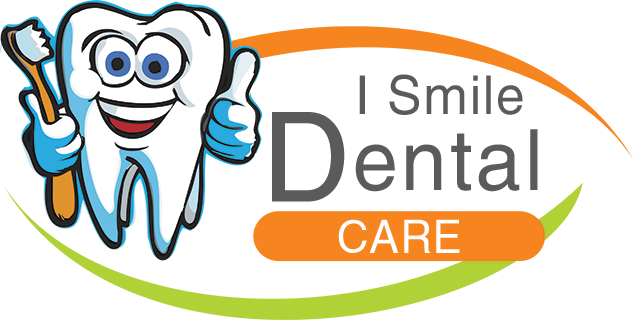Our experienced team takes extreme care when it comes to your dental wellbeing. While protecting and preserving your teeth is always our number one priority, tooth extraction might be the only option to reduce pain, correct tooth spacing or protect surrounding teeth in some cases.
Quite simply defined, tooth extraction is when the tooth and accompanying root(s) is removed. Extraction may be necessary for a number of reasons including:
- the tooth is severely damaged from decay or broken beyond repair
- presence of advanced periodontal disease
- the tooth is poorly positioned
Removal of a tooth may affect your ability to chew, the function of your jaw joint and the position of surrounding teeth, so it is important that you discuss all available options with a qualified dentist. Our team will work closely with you to ensure that you are informed of any alternative treatments, the details of the procedure and the steps involved for a full recovery.
The most common type of tooth extraction in adults is that of the third molars, most commonly referred to as the “wisdom teeth.” In many cases, there is not enough room in the jaw to accommodate these teeth and as a result, the crowding can lead to extreme discomfort.
Even with sufficient space on the top and bottom jaw for the third molars, these teeth are farthest back in the mouth which means they are also the most difficult to clean. Without proper hygiene, bacterial infection often affects wisdom teeth and forces extraction. Our office can perform a thorough examination of your mouth and administer a specialized panoramic x-ray for proper evaluation. This determines how the third molars are affecting the jaw bone and adjacent nerves. Based on this exam, our experienced dentists will make recommendations on the best course of treatment.
The Extraction Procedure
- First, your dentist will administer a local anesthetic to numb the tooth, gum and jawbone to ensure that you have a painless procedure.
- Once the area of the extraction is completely numb, your dentist will widen the socket of the tooth by moving it side to side against the walls of the socket. Depending on the location and state of the tooth, different instruments may be used to assist in this process. During this time, you will feel pressure but no pain.
- Once the socket has been sufficiently widened, the tooth and root(s) will be removed.
- Depending on the tooth, sutures may be necessary to repair the gum.
- A member of our team will stay with you in the time following the procedure to make sure you remain comfortable until you are able to return home.
Following the extraction, additional procedures such as the implementation of a false tooth or braces may be necessary to ensure a healthy smile.
Tooth extraction can be traumatic to both the patient and mouth. Our compassionate team is on hand to address any concerns you may have and ensure that you are calm and comfortable throughout the entire process.

